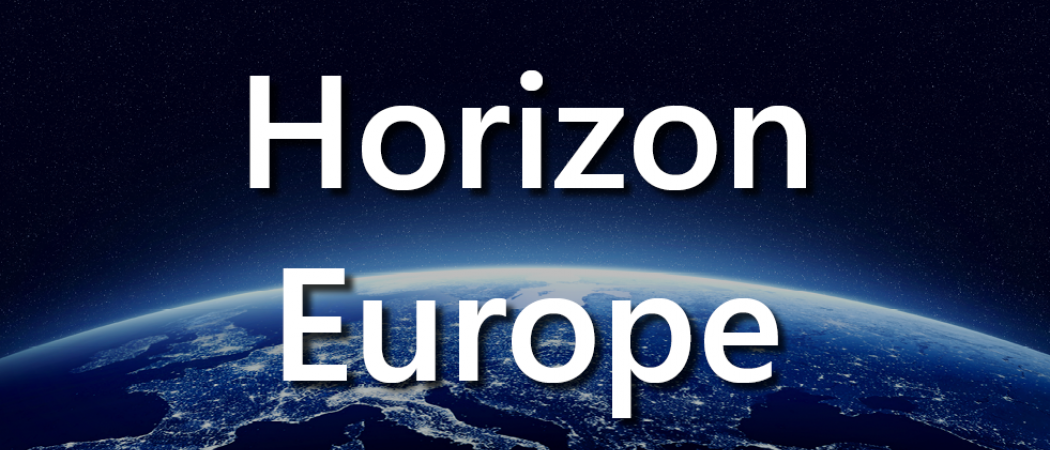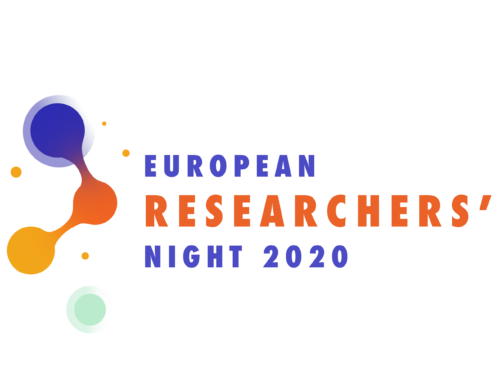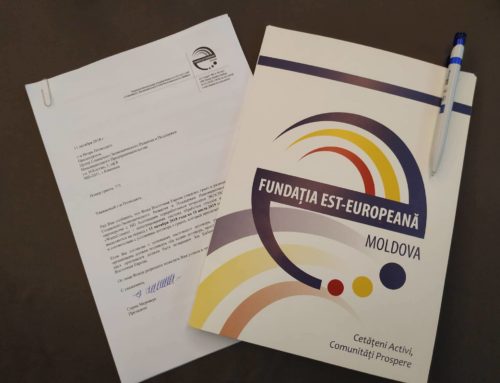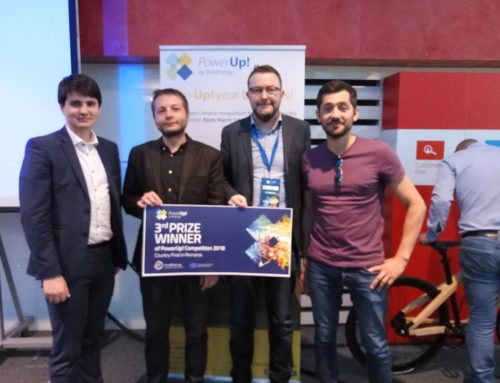For several months, hundreds of European Commission staffers have been toiling to produce a plan for their next big, seven-year research programme – and now several of their drafts are circulating around the European research community.
But in the millions of words they have produced, what’s actually important?
To answer that question, the Commission staff drafted a summary of what they consider the “key improvements” in the programme, to be called Horizon Europe.
As a service to our readers, we condense it without comment. You can disagree if you like, but here are six main things about Horizon Europe that the Commission internally thinks is new and improved, compared to the current programme ending in 2020. Science|Business has reported on some of these extensively, such as on missions and the EIC; but others are more surprising.
1. Simpler and fewer partnerships
The new programme will “rationalise” the nearly 100 industry and member state co-financed competitions in Horizon 2020, while at the same time sweeping away some of the programme’s complicated rules and acronyms.
The paper says research partnership models have flourished without any coherent logic. “Multiple partnership structures and networks are established without clear exit strategies for the EU funding. This results in the risk of a static system that gives preference to the continuation of existing partnerships without self- sustainability, instead of creating opportunities for new ones of greater relevance,” the document reads.
Under their plan, FP9 would do a spring clean on EU partnerships, and create a “clear, easy to communicate architecture under the umbrella term ‘European Partnership Initiatives’”.
Three main types of partnerships are planned. One, to encourage private and public sector to work together, would provide only enough money to coordinate the planning, not necessarily to fund the research; these don’t have to be linked to a particular Commission political goal, and can be suggested by outside groups.
In a second type, the Commission would also co-fund the research with the partners, private or public. These have to fit into EU policy priorities and, the document warns, will largely follow the standard Framework rules; that may “discourage industry and other private non-for profit stakeholders such as foundations, to participate…as they prefer an administratively simple and relatively fast cooperation framework.”
The third type, committing long-term EU funding to a partnership, operate under specific provisions of the EU treaty and so can’t be much changed by the Commission. This includes big projects such as Eureka’s Eurostars SME programme and the Joint Baltic Sea Research Programme under Article 185 of the treaty, and Bio-Based Industries and CleanSky2 under Article 187.
New partnerships would see “a number of current labels and instruments under the Framework Programme – including P2P, PPP, ERA-NET, FET Flagship and cPPP –discontinued.” The paper doesn’t, however, spell out which of the existing partnerships in those categories will face the axe; that will come, no doubt, later. Further, it says, new partnerships will have “exit” clauses written into them from the start.
“This revised policy approach will lead to a smaller number of more coherent R&I partnerships and thus improve the overall coherence and readability of the European R&I ecosystem,” the paper adds.
2. Bridging the east-west divide
The new programme promises more resources to close the persistent research gap between eastern and western Europe. The latter group continues to receive the lion’s share of EU research funding, while the former struggles with limited resources.
“While pockets of scientific excellence exist in all EU countries, they are scattered,” the paper says.
Horizon 2020 introduced three competitions to boost poorer member state participation: teaming, twinning and ERA Chairs. “The budget of this strand will be ring-fenced and increased in comparison to Horizon 2020,” the paper says.
Under the twinning scheme, for instance, an elite institute like Germany’s Max Planck can gain funding to work with a less-developed institute in Poland. Under teaming, the same two countries could jointly submit business plans to the Commission for a new or upgraded research centre in the poorer partner’s country. Member states that are eligible for the funding include all those that joined the EU after 2004, Portugal and Luxembourg, and eight of the non-EU countries associated to Horizon 2020. The ERA Chairs programme funds Western researchers to move to the East.
Elsewhere, the Commission promises “further improvements” to its Policy Support Facility – an intensive peer review mechanism that has offered advice to countries such as Bulgaria and Hungary in the past three years.
3. Growing bigger, more competitive companies
A common refrain from EU Research Commissioner Carlos Moedas over the years: Europe doesn’t have enough bold innovators.
The continent generates scientific discoveries “but is lagging behind in turning them into new products, services, processes or business models that impact markets,” the paper says.
European companies grow, but remain too small to compete globally. “In the US and Asia young innovative companies scale-up faster and generate the majority of high-quality growth and jobs.”
The Commission’s answer to this vexing problem is its new European Innovation Council. The Council, which takes inspiration from the very-successful European Research Council, will house three popular competitions already running under Horizon 2020, namely: the SME Instrument, Fast Track to Innovation and FET Open. It will invite more financiers and innovators to evaluate proposals and supply more mentoring and coaching to young companies. And it will reorganise all the funding schemes into two main types: modest “pathfinder” grants for early-stage, high-risk innovation, open to individuals and companies, and larger “accelerator” funding to get the innovations to market.
It will also put a bigger emphasis on combining grants with loans or equity. According to the Horizon 2020 interim evaluation, the programme lacks “connection” between grant and loan based financing. Horizon 2020 invests €400 million per year in risk financing through the European Investment Bank “but only a small number of firms receiving grants benefit from such financial instruments,” the document says.
4. More open science
Horizon Europe promises to get serious on open access.
Right now, only around two thirds of scientific publications supported by EU money currently meet this standard.
Going forward, open access will be the general rule in the next programme, although there will continue to be exceptions for commercial and personal data.
Guidelines will become more “straightforward” and financial incentives to encourage open science practices “may be deployed” in some research work programmes.
Open science will also gain a stronger emphasis in proposal evaluations, with researchers in the future required to demonstrate adequate data management plans.
5. Greater foreign access
The document outlines a change of the rules governing foreign participation, so rich countries can join the programme more easily. The rule-change may benefit the UK, which wants to continue participating in future EU research programmes after it leaves the bloc next year.
International collaboration on research is becoming more vital, the paper argues. “Over the last decade, the EU’s share of the world’s gross expenditures in R&D has dropped from one fourth to one fifth. The EU’s share of scientific publications has dropped from one third to one fourth and the EU share of patents has also dropped from one third to one fourth.”
For these reasons, “the programme will extend association to include all countries with excellent R&I capacities and no longer confined to a particular part of the world,” the document says. Today, association to EU research is limited to countries geographically close to Europe.
The general access for entities from all third countries “will be maintained, while encouraging comparable reciprocal access to third country programmes,” the paper adds.
6. More citizen science
Missions planned under the EU’s 2021 – 2027 research programme are the answer to “the clear need for greater outreach to citizens,” the document says.
A take on research ‘moonshots’, missions, as described in another draft document, “must be readily understandable to the public [and] captivating in nature”, such as achieving plastic-free oceans by 2030 or ensuring the survival of three out of four cancer patients by 2034.
The so-called “war on cancer”, started in the US in 1971 by President Richard Nixon, is described in the paper as an archetypal research mission the Commission may use as a model.
Source: https://sciencebusiness.net/framework-programmes/news/what-will-improve-horizon-europe-6-main-things-ec-draft-says







 English
English